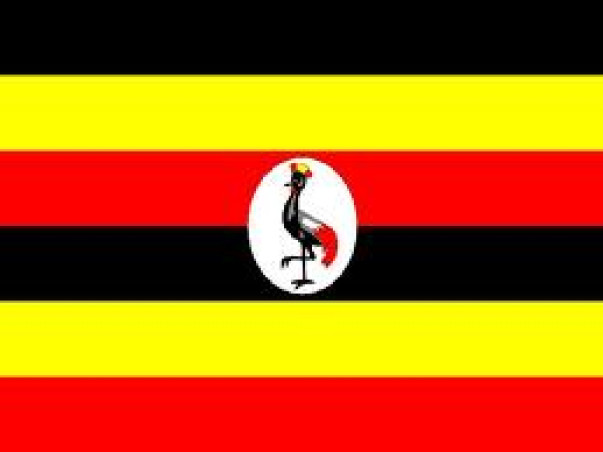UGANDA:Ten years of mobile money

Mobile money services were first introduced in March 2009. From then it took off at great speed.
It is 10 years since mobile money was introduced into Uganda. It was easy to borrow a leaf from neighbouring Kenya that had advanced in mobile money services.
The growth in mobile money services has been phenomenal. It has deepened financial inclusion, incurring lower transaction costs, improving rural access to financial services and integrating greater customer convenience.
According to Bank of Uganda (BOU), the mobile money balance on customer accounts increased from sh418.9b in September 2017 to sh495.9 in June 2018.
The number of mobile money subscription by September 2017 was recorded at 23,726,352 while in June 2018 it was recorded at 22,733,823. The apparent decline in numbers followed deactivation of some unregistered numbers from the network.
The value of mobile money transactions shows a growth from sh16.7 trillion in September 2017 to sh19.3 trillion in June 2018.
Schemes in Uganda
Mobile money services were first introduced in March 2009. From then it took off at great speed.
Currently there are seven mobile money schemes in Uganda. These include MTN, Airtel, Uganda Telecom, Africell, M-cash, PayWay and Eeezy Money. Mobile money services are regulated through a shared responsibility that is governed by Bank of Uganda and Uganda Communication Commission (UCC).
Regulation
Godfrey Mutabazi, the UCC Executive Director, recently asked telecommunication operators to improve transparency of mobile money platforms that generate the statements to refl ect transaction details like date, time, and location and also ensure that their systems cannot be easily manipulated by their staff.
The Central Bank has the sole responsibility of regulating fi nancial services but fi nancial services offered by telecoms have remained largely unregulated given that they are offered by non-financial institutions.
A Uganda Finscope survey for 2018 indicates a sharp increase in the number of Ugandans who use financial services. The total value of mobile money transactions grew from $9.7b (sh36b) in June 2016 to $16.3b (sh60b) in June 2017, according to Bank of Uganda.
MTN and Airtel have become the main players in the mobile money sector. The main regulatory concern for the Bank of Uganda (BOU) has been to ensure the safety of customers’ electronic value which they purchase, with cash, from mobile money agents. BOU hasbeen approving mobile money operations when this is done in partnership with a Supervised Financial Institution (SFI). Mobile Money Service Providers (MMSPs) are required to hold, in an escrow account in their partner SFI, the equivalent of all the mobile money that has been issued to their customers and agents.
MMSPs, which are not regulated fi nancial institutions cannot intermediate nor use the funds that have been mobilised through the sale of mobile money.At the start, similar to Kenya, the main services offered were funds transfers from person-to-person and storage of electronic value, but these have since evolved to include other services.
BOU executive director for supervision, Tumubweine Twinemanzi, said they are developing new laws to regulate non-fi nancial institutions providing payment systems in the financial sector.
“There is going to be a defi nition and separation of roles so that telecoms operating in mobile money register subsidiaries that separately deal in mobile money for easier supervision and regulation,” Twinemanzi explained.
Impact
A World Bank study finds a 1% increase in financial inclusion corresponds to a 0.51% increase in business creation, and a 15% inclusion increase leads to employment growth of 1%. Using mobile money instead of cash makes it easy and quick for a taxpayer to settle their obligations.
Voluntary compliance to pay tax is sometimes hindered by cost such as transport, time and various difficulties of being compliant. The ease, convenience of the service and speed of the mobile transactions increases tax revenue.
The adoption of mobile money services has decreased administrative costs for companies. Utility companies such as water, power companies spent signifi cant time and money on the administration and processing of paper bills.
Incorporating electronic receipts and reporting has reduced costs and improved speed and accuracy, reducing erroneous charges for arrears.The power company UMEME has reported an increase in revenue collection rates. Mobile money has a big social impact.
For instance families are able to keep children in school through easy fees payment and time saved to queue fee payments in banks. With mobile money, the low income earners have a simple and safe way to save money for future health care costs.
Two companies that have been licensed by the Uganda Retirement Benefi ts Authority (URBRA) to provide pension services to the informal sector are using mobile money to collect contributions.
Statistics from BOU indicate that the percentage of the adult population with access to formal fi nancial services has more than doubled since 2006. This is attributed to formal no-nbanking services, dominated by mobile money
SOURCE:NEW VISION
 Africas leading resource for digital financial services
Africas leading resource for digital financial services


comments